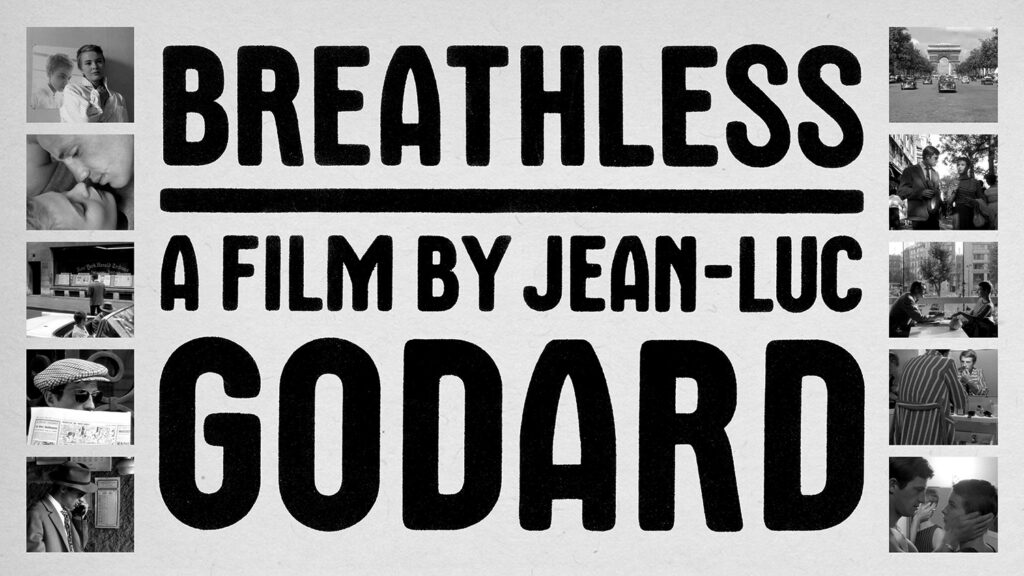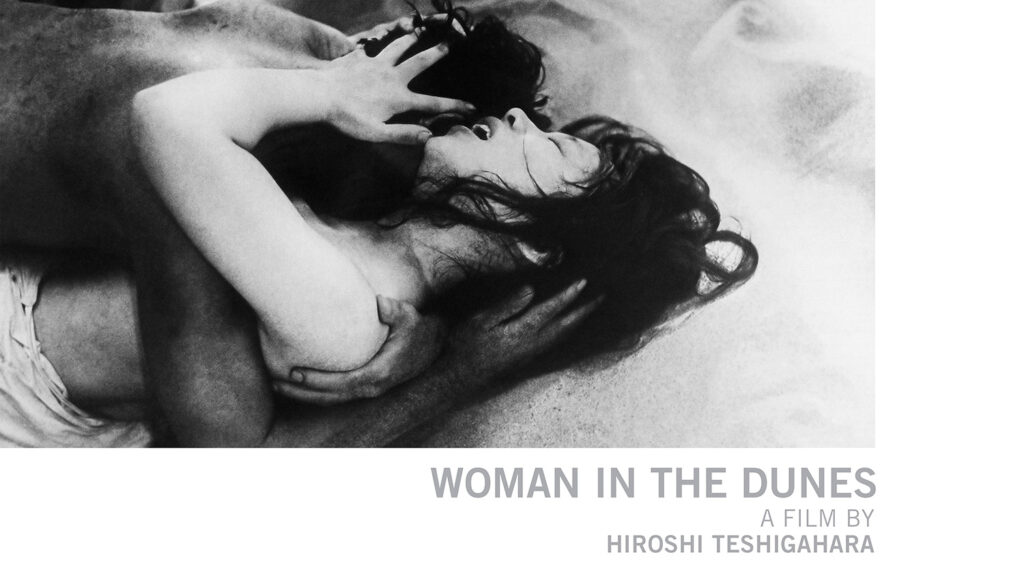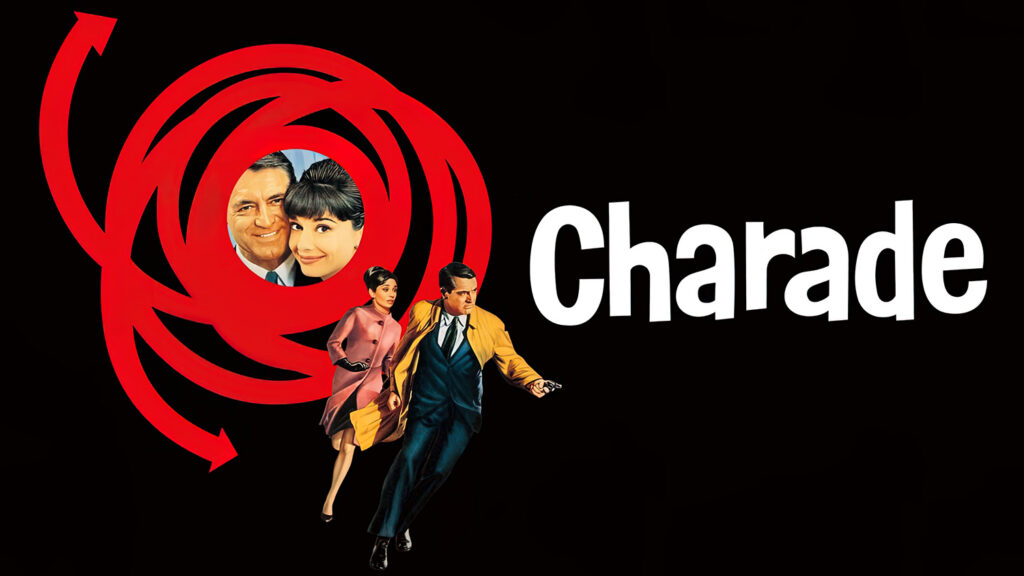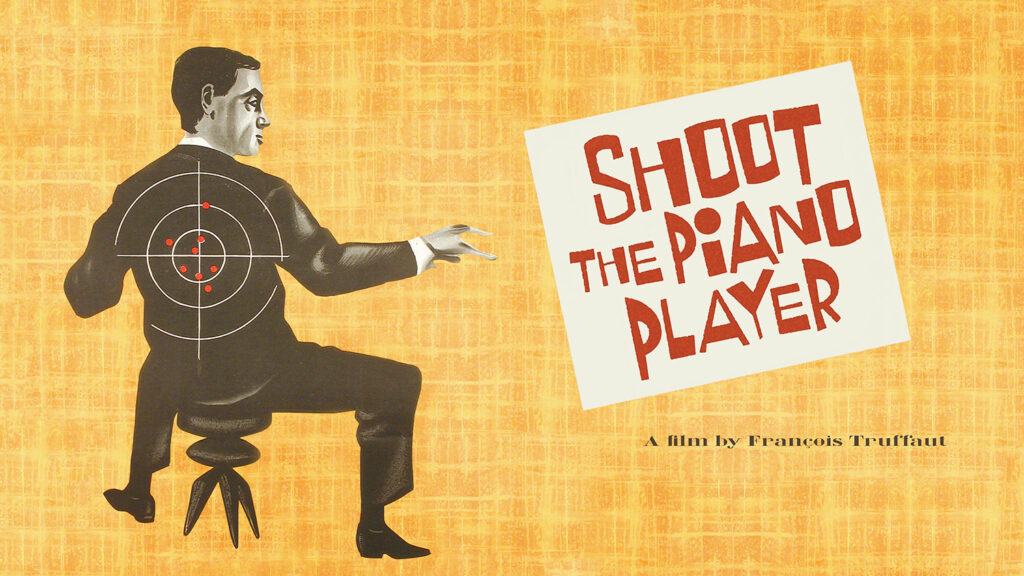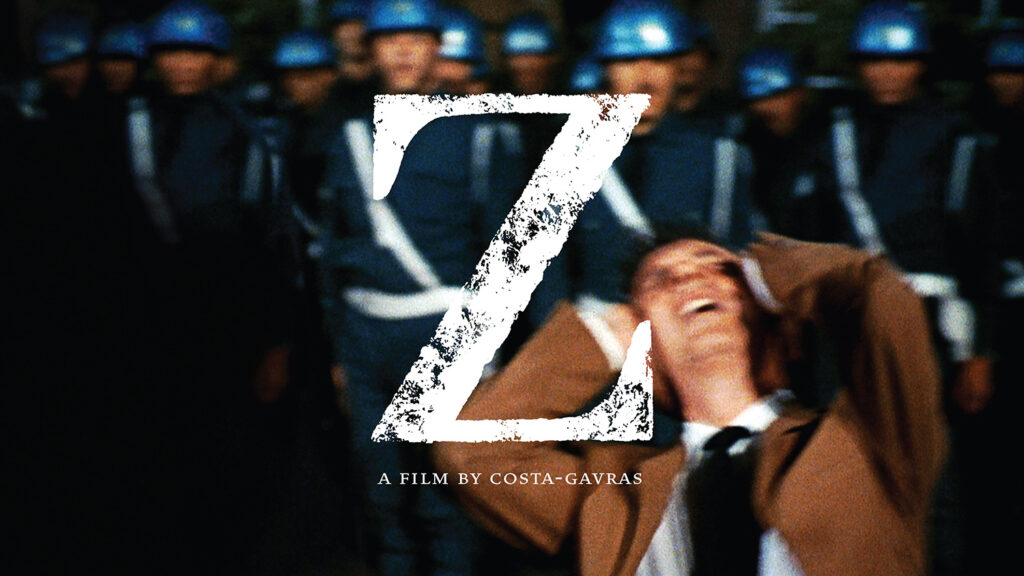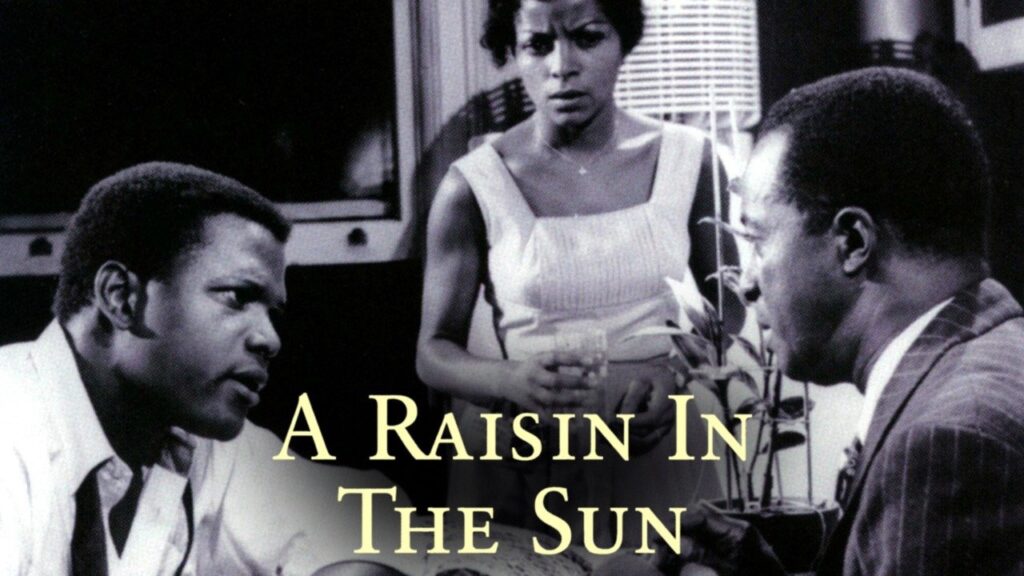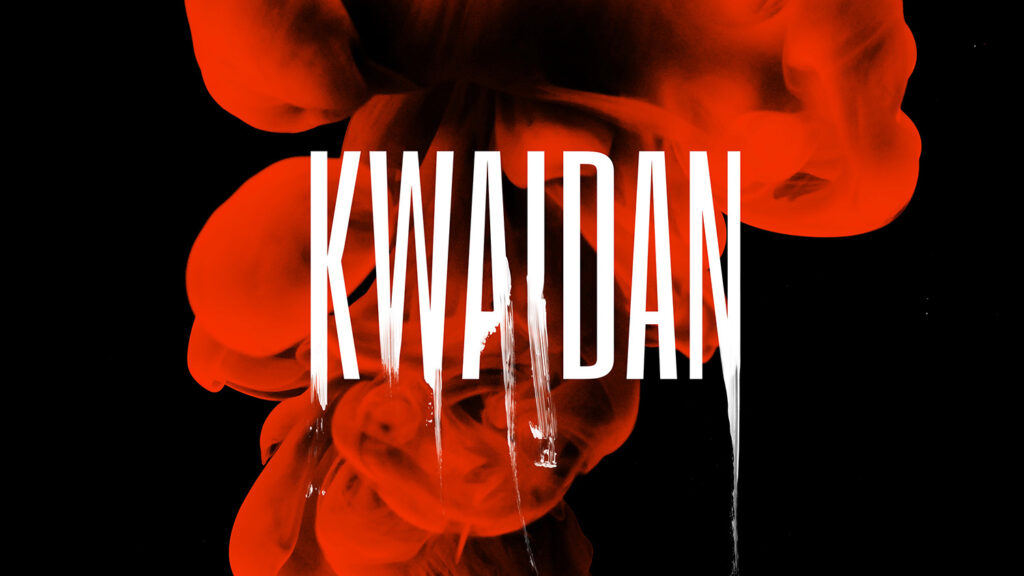Breathless (1960)
In the early 1960s, a movie — like this week’s Breathless — that pushed the boundaries and aesthetics of cinema had a much easier time breaking through.
With the availability of high-quality filmmaking technology — think 4K cameras (or mobile phones), digital audio recorders, small but bright LED lights, fast computers with editing software — you’d think that anyone with a modest amount of talent, skill, and interest would be making movies. Maybe they are and the market is just too saturated and they are sidetracked with YouTube, Vimeo, Instagram, Tik-Tok, and such.
It’s a good thing director Jean-Luc Godard faced a different media environment.
From the opening dedicated to Monogram Pictures, the low-end studio that churned out low-budget films of action and adventure, to constant references throughout Breathless (a young woman hawking Cahiers du Cinéma on the street, movie stills of Humphrey Bogart, cinema visits, the cameo by Jean-Pierre Melville and mention of Bob Montagné, and the multiple iris shots), Godard’s love of the movies is obvious.
